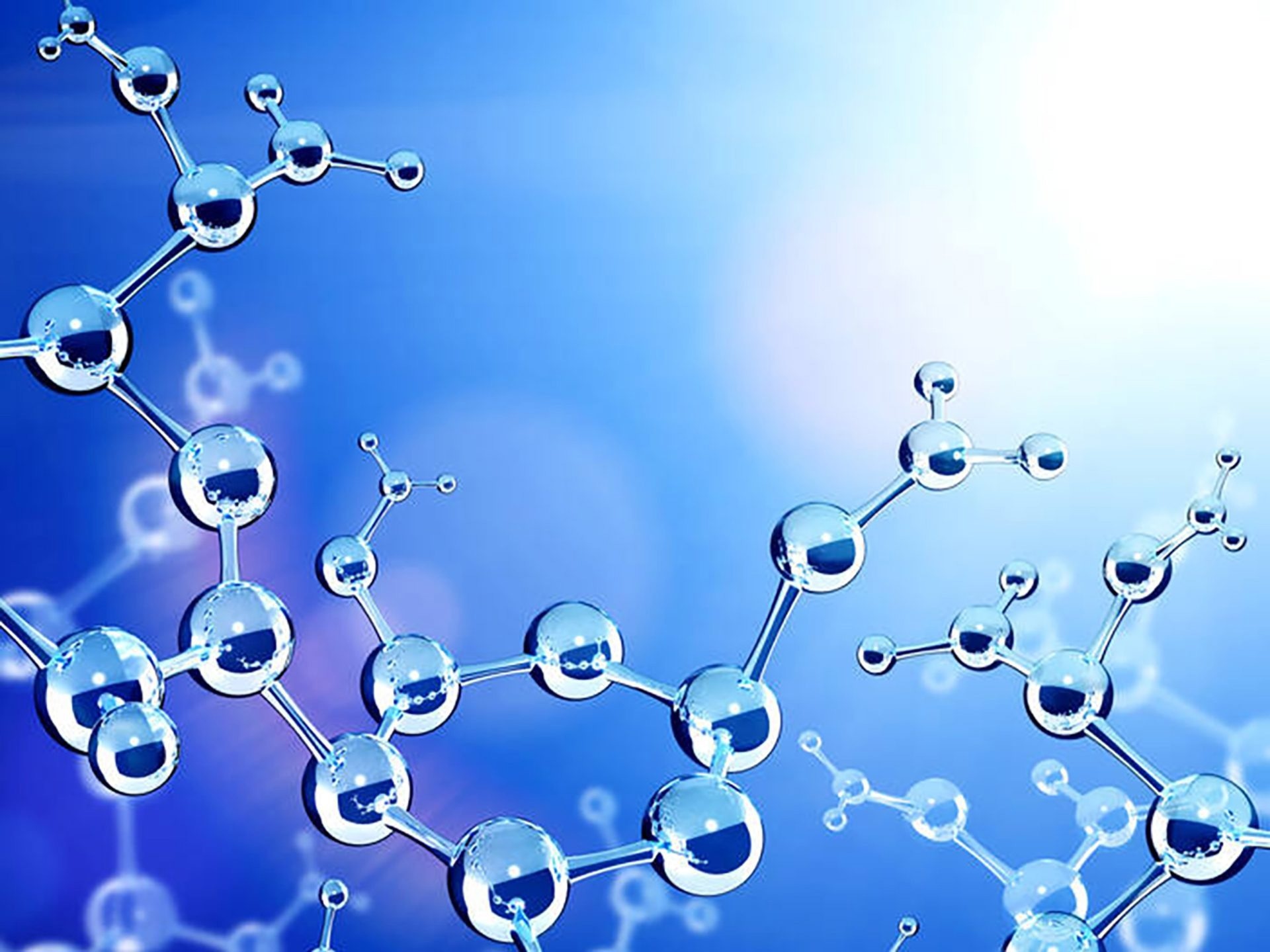
Image Credit: Curtin University
Piezoresistors are widely employed in electronics and automobiles to detect vibrations, such as in smartphones to count steps and for car airbag deployment. They are also found in medical equipment like implanted pressure sensors, as well as in aviation and space exploration.
As part of a national effort, a team of researchers, including Dr. Nadim Darwish from Curtin University, Professor Jeffrey Reimers from the University of Technology Sydney, Associate Professor Daniel Kosov from James Cook University, and Dr. Thomas Fallon from the University of Newcastle, has successfully created a piezoresistor that is an astounding 500,000 times smaller than the width of a human hair.
Dr. Darwish stated that they have created a more sensitive, miniaturized version of this critical electronic component, which converts force or pressure to an electrical signal and is utilized in a variety of common applications.
Because of its size and chemical nature, this new type of piezoresistor will open up a whole new realm of opportunities for chemical and biosensors, human-machine interfaces, and health monitoring devices. As they are molecular-based, our new sensors can be used to detect other chemicals or biomolecules like proteins and enzymes, which could be game-changing for detecting diseases.
Dr. Nadim Darwis, Lecturer, Curtin University
According to Dr. Fallon, the novel piezoresistor is built from a single bullvalene molecule that interacts mechanically to generate a new molecule of a different shape, affecting electricity flow via changing resistance.
The different chemical forms are known as isomers, and this is the first time that reactions between them have been used to develop piezoresistors. We have been able to model the complex series of reactions that take place, understanding how single molecules can react and transform in real time.
Dr. Thomas Fallon, Lecturer, University of Newcastle
Professor Reimers highlighted the groundbreaking aspect of this achievement, emphasizing the sensor's capacity to detect the changes in a reacting molecule's shape rapidly, oscillating back and forth approximately once every millisecond.
Detecting molecular shapes from their electrical conductance is a whole new concept of chemical sensing.
Jeffrey Reimers, Professor, School of Mathematical and Physical Sciences, University of Technology Sydney
Understanding the link between molecular shape and conductivity, according to Associate Professor Kosov, would allow basic features of junctions between molecules and connected metallic conductors to be calculated.
“This new capability is critical to the future development of all molecular electronics devices,” Associate Professor Daniel Kosov.
Journal Reference:
Reimers, J. R., et al. (2023) Controlling piezoresistance in single molecules through the isomerization of bullvalenes. Radiology. doi:10.1038/s41467-023-41674-z.